SUMMARY
This is AI generated summarization, which may have errors. For context, always refer to the full article.
![[OPINION] Money without heroes, and history under siege](https://www.rappler.com/tachyon/2021/12/ispeak.jpg)
There are many symbols of national identity, but arguably, nothing is as ubiquitous as money. All over the world, coins and banknotes are emblazoned with historical personalities, symbols, and events. A nation’s self-image could be gleaned from money, and it has always been exciting to see how the imagery imprinted has changed through time, a reflection of how a nation’s self-image has evolved from one generation to another.
The tradition of including human figures on money may have been as old as money itself, as one of the oldest coins discovered, from the Persian Empire, bore a king shooting an arrow. More than the person, it was the heroic act that is depicted in money, and the inclusion of heroes on money is deemed a great honor, a way to memorialize the historical event or the person. There is a marked departure to this tradition when, on December 11, Bangko Sentral ng Pilipinas (BSP) announced a new design for the P1,000-bill. The redesign followed the design language of the New Generation Currency (NGC) series that was initially introduced in December 2010, but a Philippine eagle replaced Jose Abad Santos, Vicente Lim, and Josefa Llanes Escoda.
Many have been vocal about this change. While the banknotes are now made of polymer, a tougher and more durable material, it might have been better to test it on smaller denominations that are more frequently used, such as the P50 or P100 bills. The abaca industry also decried the shift to polymer since our current banknotes use cotton and abaca fiber. Shifting to polymer could upset the farmers’ job security.
The new P1,000 banknote also had several errors, such as the scientific name of the Philippine eagle, which was misspelled and not italicized.
There were also criticisms whether the BSP should be focusing instead on making the NGC coins more distinct since the coins come in the same metallic silver color and are similar in size.
But the resentment against the P1,000 redesign is more pronounced among the descendants of World War II heroes, for good measure. The redesign is sidelining the historical memory of World War II, which has already been marginalized in Philippine society.
When asked why the BSP replaced World War II heroes, BSP Governor Benjamin Diokno replied that the new series would focus on fauna and flora in the Philippines. However, it must be emphasized that our current banknotes already have fauna and flora, a tradition that is traced to the Flora and Fauna Series introduced by the dictator Ferdinand Marcos in 1983. In this series, the coin’s obverse had endemic animals and plants and Philippine heroes in reverse. Marcos did not remove the Philippine heroes, although he included his own image on the five-peso coin. With the addition of the Philippine eagle in the P1,000 bill, the banknote now has three animals, including the sea turtle and the pearl oyster, with the Tubbataha Reef in the background.
More than a confusing mishmash of animals, the removal of World War II heroes is unfortunate for two reasons. One is in the timing: just a few days ago, we commemorated the 80th anniversary of the start of World War II in the Philippines. Two is because, as it is, the three heroes in the P1,000 bill are already not popularly known. Aside from being the largest and arguably most inaccessible denomination, our historical education usually dedicates more time to heroes of the Philippine Revolution, such as Rizal (one-peso coin) and Bonifacio (five-peso coin), among others. Abad-Santos, Lim, and Escoda are not as popular, but now that they are gone, they are all the more consigned to oblivion.
The three heroes were memorialized for their heroism during World War II. All three of them resisted the Japanese. Abad-Santos was the Chief Justice of the Supreme Court and acting president when the Japanese executed him for refusing to cooperate. Lim was a brigadier general and a resistance fighter who was on his way to join Gen. MacArthur in Australia when he was captured, tortured, and executed. Escoda was a civic leader, suffragette, and founder of the Girl Scouts of the Philippines, whose underground activities of supplying medicine and food to war prisoners led to her capture, torture, and execution.
The three heroes were all executed and buried in unmarked graves, and their remains were never found. What survived them were the memories of their heroism. Their removal from the P1,000 bill is like another execution that was as equally unceremonious as they had experienced. Although the BSP says they consulted the National Historical Commission of the Philippines (NHCP), it is quizzical how any historian could consent to a blatant historical erasure.
This redesign is a loss for history, more so, a loss for women, who have equally withstood the worst of our historical struggles but have not been at the receiving end of our memorialization efforts and practices. Escoda was one of only two women on our money, and now that she is removed, only one remains: Corazon Aquino, who joins her husband Ninoy in the P500-banknote.
While BSP’s Diokno emphasized that there have yet to be discussions on removing heroes on banknotes, it would be illogical to think that the P500-bill is safe, as are the rest of the Philippine heroes on our money. The Aquinos have been very unpopular lately, and their contributions to democracy have fallen out of fashion due to the rabid historical distortion that has taken prominence in many social media platforms.
Under the leadership of President Duterte, history has been under siege, from Mactan’s LapuLapu to Marcos’s Martial Law years. History is being rewritten; the heroism of our heroes is under assault. Unless something is done, we might find our pockets and wallets empty of heroes and our identity devoid of memory. – Rappler.com
John Lee Candelaria is a Ph.D. candidate from Hiroshima University, Japan. He studies Philippine and Southeast Asian history, memory, and war heritage. He hosts PODKAS, a podcast on Philippine history, politics, and society.
Add a comment
How does this make you feel?
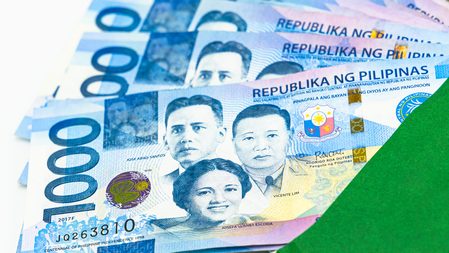


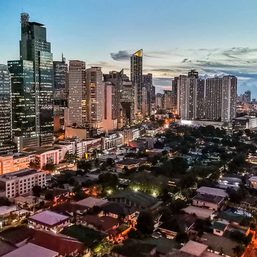
![[Finterest] What exactly does a bank do, and how can they help you?](https://www.rappler.com/tachyon/2022/09/shutterstock-philippine-peso.jpg?resize=257%2C257&crop=329px%2C0px%2C900px%2C900px)


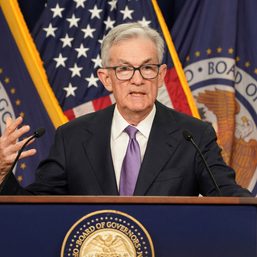


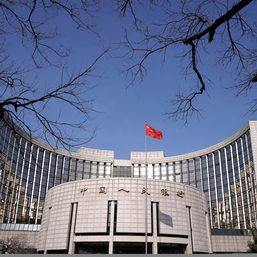

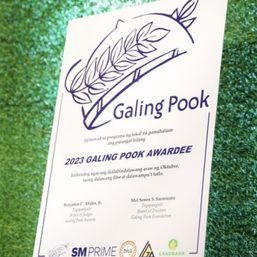
![[Newsstand] The Marcoses’ three-body problem](https://www.rappler.com/tachyon/2024/04/tl-marcoses-3-body-problem.jpg?resize=257%2C257&crop=451px%2C0px%2C1080px%2C1080px)
![[Edgewise] Preface to ‘A Fortunate Country,’ a social idealist novel](https://www.rappler.com/tachyon/2024/02/a-fortunate-country-february-8-2024.jpg?resize=257%2C257&crop_strategy=attention)
![[New School] When barangays lose their purpose](https://www.rappler.com/tachyon/2024/02/new-school-barangay.jpg?resize=257%2C257&crop=414px%2C0px%2C1080px%2C1080px)


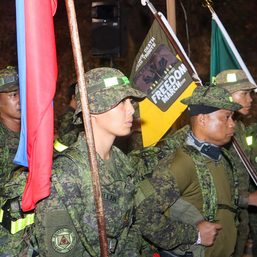
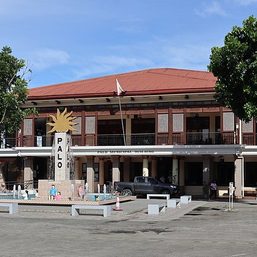
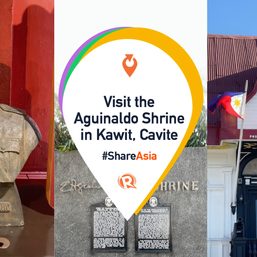
There are no comments yet. Add your comment to start the conversation.